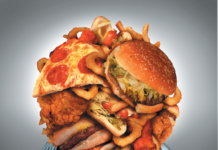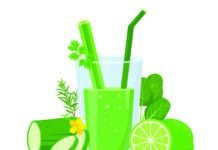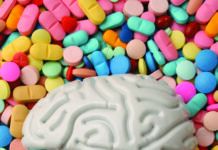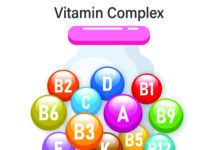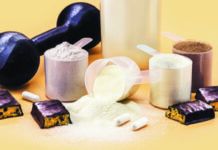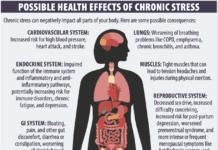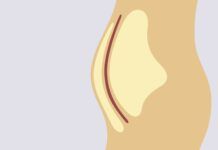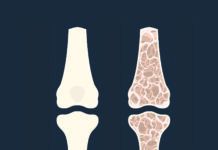Answer :Angelo Azzi, MD, PhD, senior scientist at Tufts HNRCA Vascular Biology Laboratory, explains that white wine does also contain resveratrol, the compound in red wine being studied for health benefits, but in lesser amounts. Here are sample minimum-maximum amounts, expressed in mil-ligrams of resveratrol per liter:
Red wine: 1.98-7.13
Red grape juice: 1.14-8.69
Pinot noir: 0.40-2.0
White wine: 0.05-1.80
It is important to realize that the effect of prolonging life attributed to resveratrol has not been documented in mammals, Dr. Azzi adds. Also the French paradox (the observation of ow coronary heart disease death rates despite high intake of dietary cholesterol and saturated fat in the French population) attributed to wine/resveratrol consumption has not been con-firmed. It appears that moderate alcohol drink-ing (two or three times a day, independent of the type) has a protective effect against coronary heart disease. As to other miraculous effects of the compound, rather little is known (very few studies have been performed) as far as the hu-man population is concerned. Finally, if not from red wine a good source of resveratrol can be found in peanuts and red grapes.
Our August article on the latest findings about supplements and risk of age-related macular degeneration (AMD) brought a flurry of follow-up questions. We posed two to Allen Taylor, PhD, director of Tufts HNRCA Laboratory for Nutrition and Vision Research:

